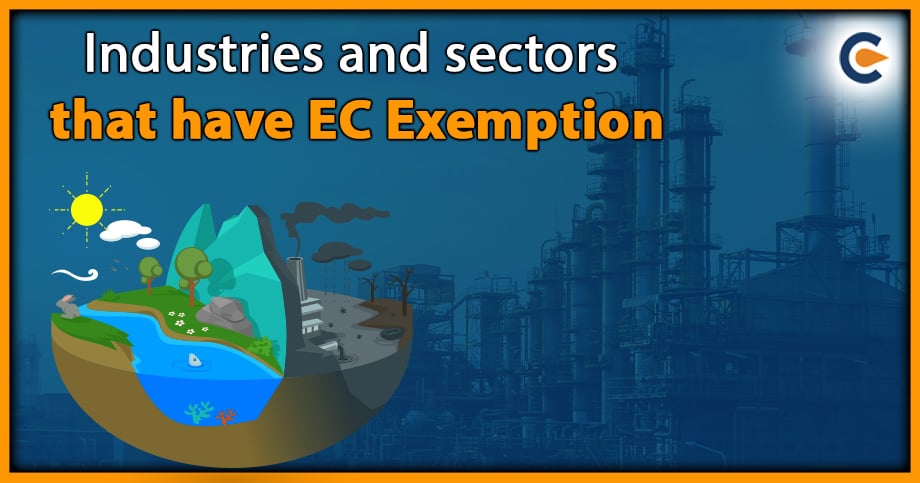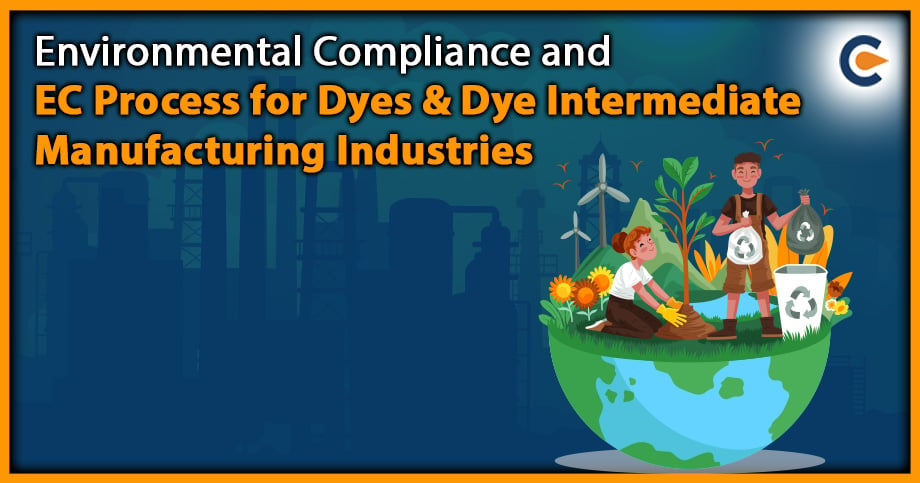In India MoEF&CC has categorised industries into Green, Orange, Red and White based on the potential environmental impact of the industrial activity. EC Exemption is applicable for those industries or projects considered to have a low risk of environmental pollution and notified by the regulatory authorities. MoEF&CC have notified amendments to the Environmental Impact Assessment (EIA) Rules, making several exemptions in case of need for environmental clearance. The exemption from obtaining an EC for these industries is subject to certain conditions and criteria, such as the size of the industry, its location, the use of raw materials, and the potential impact on air, water, and soil quality.
Following are the exemptions introduced
Highway projects of strategic & defence importance which are within 100 km from the Line of Control (LoC), are exempted from an environmental clearance before construction. Also, highway projects related to strategic importance in border areas of a state are sensitive and need to be executed on priority, keeping in view defence, strategic and security considerations.
Biomass Based Power Plants, including thermal power plants up to 15 MW based on non-hazardous municipal solid waste or biomass using auxiliary fuel such as coal, lignite/petroleum products up to 15% have been provided with EC Exemption — as long as the fuel mix is eco-friendly.
Ports & Harbour dealing in Fish: Fish handling ports & harbours with less pollution potential compared to others & caters to small fishermen, are now provided with EC Exemption from environmental clearance.
Toll Plazas: Toll plazas that require more width for the installation of toll collection booths and expansion activities in present airports related to terminal building expansion without any increase in the airport’s existing area, other than expansion of runways, etc., are also provided with EC Exemption.
Exemption for low-polluting industries: The industrial categorisation based on the pollution Index (PI) concept was introduced in 2016 as part of the government’s efforts to ease the regulatory burden on small and medium-sized industries while ensuring that they comply with environmental regulations and guidelines. Categorising industries into Green, Orange, and White categories aim to facilitate the regulatory process and ensure that the environmental impact of industrial activities is minimised. The White category includes small-scale industries such as agro-based, chemical and pharmaceutical, electronic, food and beverages, leather and leather goods, plastic, and textile industries.
When Is EC Required?
In India, an Environmental Clearance (EC) is required for certain industrial activities likely to impact the environment significantly. The EC is a regulatory mechanism that MoEF&CC uses through its expert appraisal committees (EACs) and State Environmental Impact Assessment Authorities (SEIAAs). The requirement for an EC is based on the potential environmental impact of the industrial activity. The EC process includes a detailed study of the potential environmental impact of the proposed activity and a public consultation process. The objective of the EC process is to ensure that the proposed activity is carried out in an environmentally sustainable manner, with appropriate measures in place to mitigate any potential adverse impacts on the environment.
The following activities require an EC under the Environmental Impact Assessment (EIA) Notification, 2006:
- Mining of minerals, including opencast/underground mining, and associated infrastructure activities such as roads, pipelines, and power transmission lines.
- Thermal power plants, nuclear power plants, hydroelectric power plants, and transmission lines.
- Infrastructure projects such as highways, ports, airports, and railways.
- Petroleum refining, oil and gas exploration, and production activities.
- Chemical manufacturing, petrochemicals, and pesticide manufacturing.
- Large-scale industrial projects include textile mills, food processing units, and cement plants.
- Real estate projects such as housing complexes and commercial buildings.
- Waste management projects include common hazardous waste treatment, storage, and disposal facilities.
- Any other projects or activities that are likely to impact the environment significantly.
Three-Colour Scheme – Red, Orange, Green, White Category
The three-colour scheme of red, orange, and green is a classification system used in India to categorise industries based on their potential environmental impact. In 2016, the MoEF&CC[1] introduced this classification system to streamline the environmental clearance process for industries.
The three colours used in this scheme represent different categories of industries:
- Red Category: Industries that have a Pollution Index Score of 60 and above.
- Orange Category: Industries that have a Pollution Index Score of 41 to 59.
- Green Category: Industries that have a Pollution Index Score of 21 to 40.
- White Category: The White Category includes industries that have a Pollution Index Score of up to 20.
Purpose of Categorisation Depends Upon the Pollution Potential
The purpose of categorising industries based on their pollution potential is to facilitate environmental regulation and management. Categorisation helps regulatory authorities to identify sectors that are likely to have a significant impact on the environment and to subject them to appropriate levels of scrutiny and control. The primary objectives of categorisation are:
- To ensure that industries comply with environmental regulations and guidelines.
- To streamline the regulatory process
- To promote sustainable development
Conclusion
Environmental Clearance (EC) is a regulatory mechanism implemented by the Ministry of Environment, Forest, and Climate Change (MoEF&CC) in India to regulate and manage the environmental impact of industrial activities. EC Exemption are applicable for specific industries and sectors with a low environmental pollution potential that is exempted from obtaining an EC and classified under the White Category. Such industries include small and medium-sized agro-based, chemical and pharmaceutical, electronic, food and beverages, leather and leather goods, plastic, and textile industries. However, these industries must still comply with environmental regulations and guidelines. Categorising industries based on their pollution potential helps regulatory authorities streamline the environmental clearance process for industries, ensuring that industrial activities are carried out in responsible and sustainably while promoting economic growth and development. However, deciding if your project requires EC and the extent of the clearance process requires expert assistance. It is recommended that a person looking for assistance in Environment Compliance and related clearances should seek expert advice or consultation to avoid any error at the initial stage and avoid penalties.
Also Read:
Environmental Clearance Process In India: A Complete Outlook











